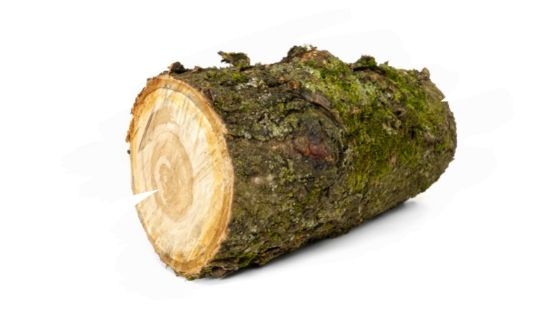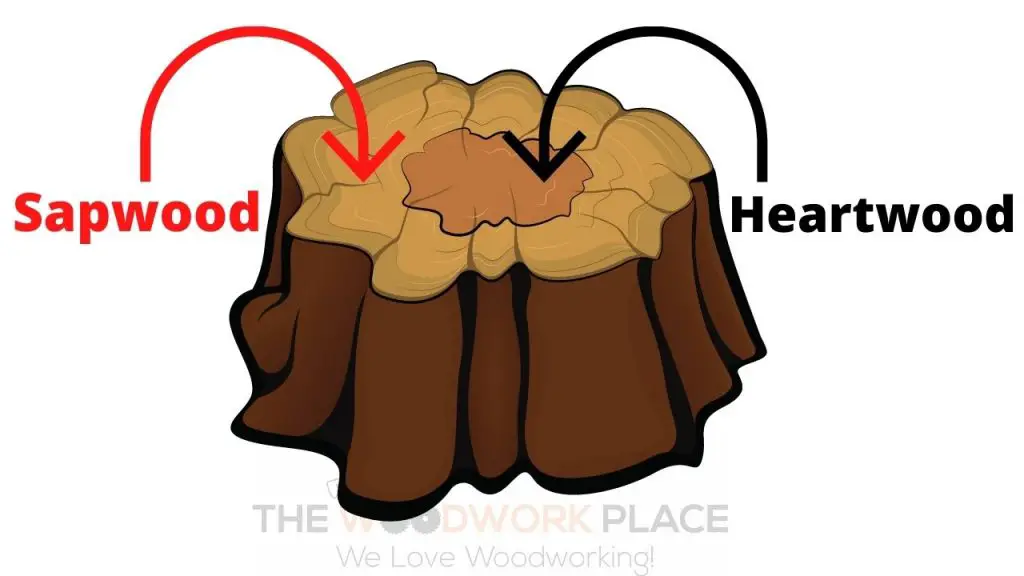Wild Cherry trees can be found growing freely across the east coast of North America. In fact, you you might have a cherry tree growing in your back yard right now.
Now the red edible fruit from this tree is just one great thing about them. These trees are great for local wildlife (such as providing birds with food and insects with pollen). And, when they flower, they look stunning as part of your garden landscape.
But, what about cherry wood lumber? Is cherry wood good for carving?
Cherry wood is great for chip carving or even chainsaw carving. However, if you plan on using this lumber for whittling, your carving tool is going to find it tough to pierce into the grain – especially if that cherry timber has dried through.
But, wild cherry wood isn’t the best choice for whittling. Still, it is a nice wood to use for intricate carving methods (such as relief carving) as it can hold onto detail incredibly well.
But before you run off to get to work on that cherry wood piece, there are a few more things that you need to know before you get started…

This post may contain affiliate links to products that we receive a commission for (at no additional cost to you). Learn more here.
Is Wild Cherry Good For Carving?
Yes, especially if you are working with green Wild Cherry wood.
Freshly cut wood – also referred to as ‘green wood’ – is wood that has been newly cut from a tree.
At that point, green wood has a moisture content of 100%, which means that it should be fairly easy to cut into and carve.
As the water inside green wood evaporates, its moisture content falls. And when cherry woods moisture content falls down to below 20%, it can become prone to shrinkage.
If wood dries out too quickly, it will shrink quickly too… and can cause the wood to crack and split.
Related Post: Can You Use Tung Oil On Cherry Wood? (Avoid These 3 Simple Mistakes)
Does Cherry Wood Tend to Crack?
Well, the answer to this boils down to which part of cherry wood lumber you’re using.
Tree trunks are made of 5 key parts; the outer bark, inner bark, cambium, sapwood, and lastly heartwood.
Now, cherry sapwood (the outer most pale portion of the trunk) tends to crack as it dries. This part of the tree has the greatest buildup of moisture. So as that moisture evaporates, the sapwood shrinks and inevitably cracks.
Cherry heartwood (the center most core part of its tree trunk) doesn’t take on moisture as easily. This part of the tree trunk has less moisture. So it doesn’t shrink or crack that much as it dries.
So, if you are carving into pure cherry heartwood, cherry is less likely to crack as it dries out.
But, if you are carving into sapwood, cherry is more likely to crack as it dries out.
Even if there is heartwood at the center of that sapwood lumber, if the sapwood cracks it can still end up splitting the heartwood too.
How Do You Keep Cherry Wood From Cracking?
Ideally, the way around this is to just work with cherry heartwood. Avoid using cherry sapwood for woodworking or wood carving.
You can easily tell the two apart as the sapwood section of the trunk is lighter than heartwood.

You can also reduce the chances of cracking by allowing cherry wood to dry slowly.
This involves letting cherry wood air-dry naturally (rather than trying to speed up the process through kiln-drying or by using denatured alcohol).
In warm low-humidity weather, this process can take up to 60 days (or longer if you are dealing with thicker slabs).
What About Spoon Carving? Is Cherry Wood Safe For Spoons?
Trees that bear edible fruit tend to produce lumber that is also food safe. So just like Black Walnut, and Soft Maple, Cherry Wood is a food safe wood that can be used to create kitchen utensils such as spoons and cutting boards.
How Do You Protect Cherry Wood?
A great way to seal, protect, and finish off a cherry wood project is to use a natural oil finish.
A few coats of an all-natural linseed oil or tung oil coat will do in a pinch. Especially as these oil finishes can happily sink into the dense small pores found in cherry wood.
Related Post: How To Darken Cherry Wood (What You Need To Know)
So In Conclusion…
For intricate wood carvings, cherry wood can easily take on all of that detailed work.
Whittling with cherry is an option too, but only if you are working with green cherry wood. Otherwise, once that lumber dries, you will find it very difficult to make precise cuts with your whittling tools.
References
https://naturalresources.extension.iastate.edu/forestry/iowa_trees/trees/black_cherry.html



